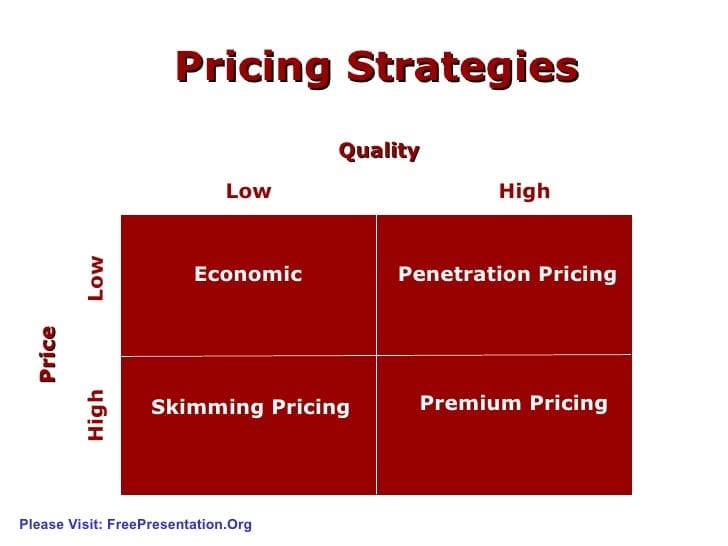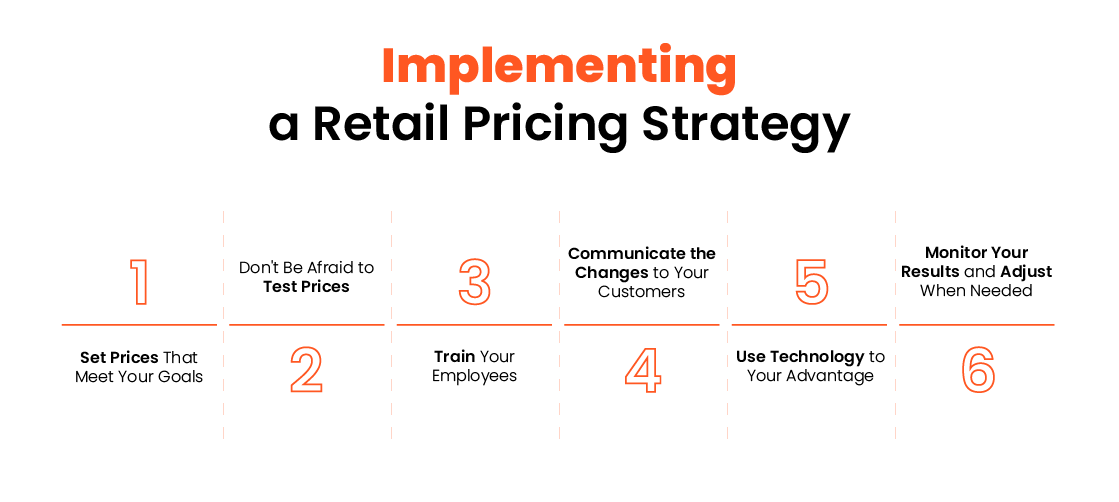The Link In Between Brand Name Positioning and Your Pricing Strategy
The Link In Between Brand Name Positioning and Your Pricing Strategy
Blog Article

Master Effective Prices Methods to Make The Most Of Earnings
In the ever-evolving landscape of commerce, grasping reliable prices strategies is crucial for organizations aiming to take full advantage of revenue. A nuanced understanding of rates psychology can significantly affect client actions and acquiring decisions.
Comprehending Rates Psychology
Recognizing rates psychology is vital for businesses intending to maximize their pricing approaches. This field examines just how consumers regard prices and just how these understandings affect their acquiring decisions. Secret principles in rates psychology include the anchoring result, where the initial rate provided functions as a reference factor for consumers, and the idea of rate sensitivity, which varies among different customer sections.
In addition, companies can utilize the concept of viewed worth, where the regarded advantages of an item or service can warrant a higher rate point. Costs pricing can develop an aura of exclusivity, drawing in consumers that connect greater costs with premium high quality. On the other hand, mental pricing, such as setting a cost at $9.99 instead of $10, can significantly impact consumer actions by making prices show up much more eye-catching.
Furthermore, shortage and necessity can improve the regarded worth of products, prompting quicker acquiring decisions. Comprehending these psychological triggers makes it possible for businesses to formulate pricing techniques that not only drive sales yet also foster customer commitment. Hence, mastering rates psychology is vital for reliable prices strategy formula, resulting in enhanced productivity and market positioning.
Applying Value-Based Rates

First, conduct detailed market research study to recognize the worth vehicle drivers for your target audience. This can consist of functions, high quality, brand name track record, and customer care. Next, section your clients based upon their determination to pay and the value they perceive. By doing so, you can customize offerings and rates strategies to line up with different sectors.
After collecting insights, collection rates that show the optimum amount a consumer wants to pay, making sure that they regard a fair exchange for the value got. Interact the worth suggestion properly, highlighting the advantages and differentiators of your offering. Constantly monitor market problems and client comments to refine your prices strategy over time. By executing value-based prices, services can improve success while promoting lasting client commitment.
Checking Out Dynamic Rates Versions
In today's rapidly changing market landscape, vibrant pricing versions have actually emerged as a powerful technique for organizations looking for to maximize revenue and react to variations in need. These designs permit companies to readjust their costs in real-time based upon numerous variables such as consumer habits, market patterns, and supply degrees. By leveraging information analytics and algorithms, companies can identify optimal prices points that take full advantage of sales while remaining affordable.
Dynamic rates can take numerous forms, including time-based pricing, where prices change based on time of day or period, and demand-based rates, which changes prices according to current consumer need. This adaptability not only improves productivity but also improves client satisfaction by providing costs that show real-time market problems.
Carrying out dynamic rates requires a robust technological facilities and a deep understanding of client sectors. Transparent communication concerning pricing modifications can help reduce consumer dissatisfaction and foster trust fund, eventually leading to continual profitability in a competitive marketplace.
Analyzing Competitor Prices
Keeping track of competitor prices is vital for organizations aiming to preserve an affordable edge in their particular markets. By assessing competitors' prices strategies, companies can determine market trends, understand consumer preferences, and change their prices accordingly. This analysis includes gathering data on competitors' prices, advertising approaches, and item offerings to educate prices choices.
To successfully analyze competitor pricing, services ought to utilize different tools and strategies, such as rate tracking software application, market research reports, and customer responses. This information can expose exactly how competitors place their products and solutions, enabling companies to separate their offerings or adopt comparable approaches to continue to be relevant.
In addition, it click to read is crucial to classify rivals right into straight and indirect competitors. Straight competitors supply similar items or solutions, while indirect rivals may accomplish the very same consumer requirement with various options. Recognizing the subtleties in between these teams will make it possible for organizations to customize their prices approaches extra effectively.
Ultimately, recurring competitor rates evaluation is crucial for making educated pricing choices. It permits companies to continue to be nimble in reaction to market changes, guaranteeing they can take opportunities and mitigate risks related to rates methods.
Reviewing Rates Performance
Understanding just how competitor pricing affects market characteristics causes a natural emphasis on examining rates performance her response within one's own organization. This assessment is critical for determining areas of toughness and possibilities for renovation, eventually improving productivity.

Furthermore, conducting regular pricing audits can disclose discrepancies in between expected and actual efficiency. This involves comparing prices information across various sectors and networks to comprehend differences and identify patterns. Incorporating consumer feedback can provide understandings right into regarded worth versus real rates, ensuring positioning with market expectations.
Finally, leveraging data analytics devices can help with deeper insights into prices performance, allowing companies to make data-driven changes (Pricing Strategy). By continually examining rates efficiency, companies can adapt to market modifications and maximize their methods, making sure continual productivity in a competitive landscape
Conclusion
By leveraging pricing psychology, organizations can boost viewed worth and tailor pricing to varied customer sections. The adoption of value-based and vibrant pricing designs helps with real-time changes based on demand and client determination to pay.
Understanding rates psychology is crucial for services intending to enhance their rates approaches. Comprehending these emotional triggers enables businesses to create pricing methods that not only drive sales but additionally foster client loyalty. Hence, mastering pricing psychology is important for reliable pricing method formulation, leading to boosted earnings and market positioning.
By analyzing competitors' prices techniques, firms can recognize market trends, comprehend consumer preferences, and readjust their rates as necessary. By leveraging prices psychology, services can enhance perceived worth and dressmaker prices to read this diverse consumer sectors.
Report this page